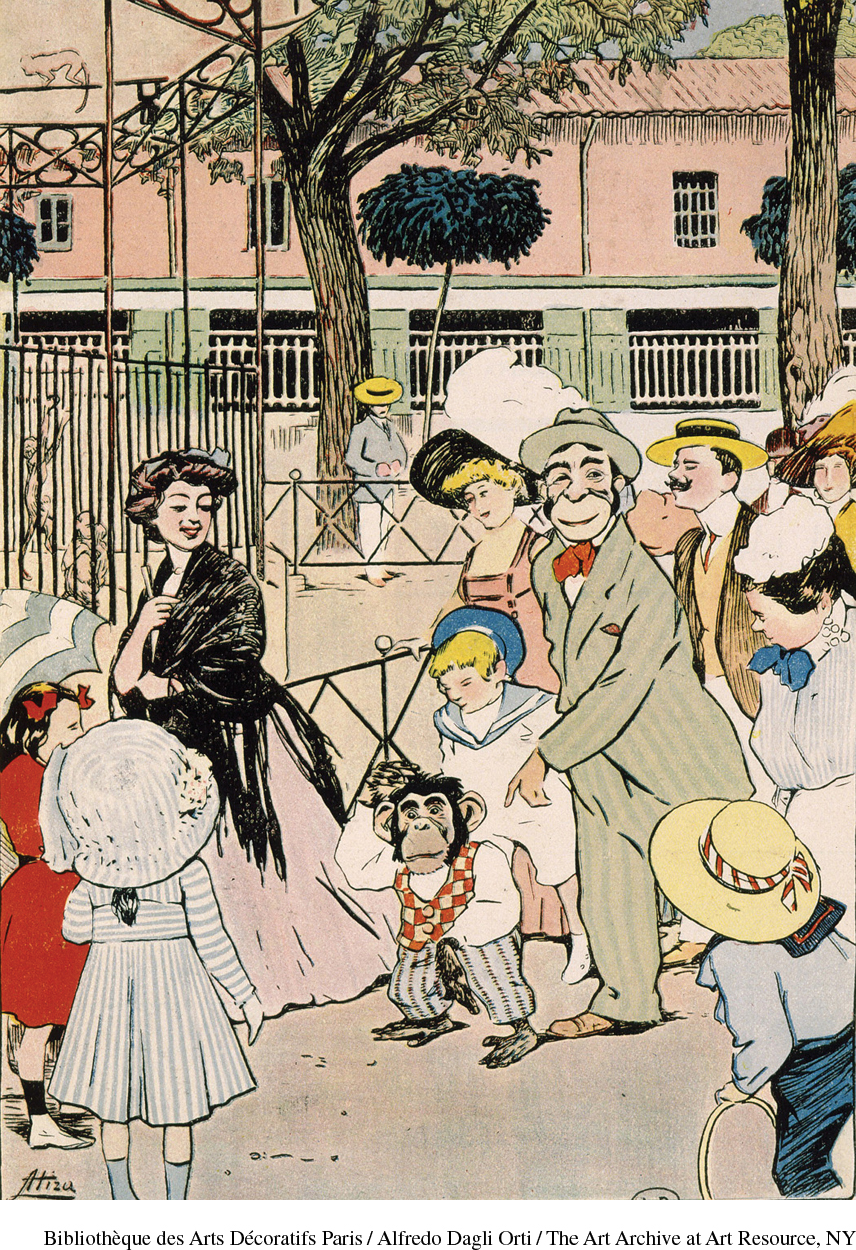Religion and National Order
Religion and National Order
The expansion of state power set the stage for clashes over the role of organized religion in the nation-state. In the 1850s, many politicians supported religious institutions and attended public church rituals because they were another source of order. Simultaneously, some nation builders, intellectuals, and economic liberals came to reject the religious worldview of established churches, particularly Roman Catholicism, because it was based in faith, not reason, and slowed the growth of nationalist sentiment.
Bismarck mounted a full-blown Kulturkampf (“culture war”) against religion. The German government expelled the Jesuits from Germany in 1872, increased state power over the clergy in Prussia in 1873, and introduced a civil ceremony as an obligatory part of marriage in 1875. Bismarck had bragged, “I am the master of Germany in all but name,” but he miscalculated his ability to manipulate politics. The pope fought back: “One must obey God more than men,” he ordered. German Catholics rebelled, and even conservative Protestants thought Bismarck wrongheaded in attacking religion. Competition between church and state for power and influence heated up in the age of Realpolitik.
The Catholic church felt assaulted. Nation builders had also extended liberal rights to Jews, whom many Christians considered enemies. Attacking changing values, Pope Pius IX issued The Syllabus of Errors (1864), which found fault “with progress, with liberalism, and with modern civilization.” Becoming pope in 1878, Leo XIII began reconciling the church to modern politics by encouraging up-to-date scholarship in Catholic institutes and universities and by accepting aspects of representative democracy. The Kulturkampf between church and state ended, making it easier for the faithful to be both Catholic and patriotic.
The place of organized religion in society was changing. While many in the upper and middle classes and most of the peasantry remained faithful, church attendance declined among workers and artisans. There was a religious gender gap, too. Women’s spiritual beliefs became more intense, with both Roman Catholic and Russian Orthodox women’s religious orders increasing in size and number; men, by contrast, were falling away from religious devotion. Many urban Jews abandoned religious practices and assimilated instead to secular, national cultures. Religion no longer included everyone.
In 1854, the pope’s announcement of the doctrine of the Immaculate Conception (stating that Mary, alone among all humans, had been born without original sin) was followed by an outburst of popular religious fervor, especially among women. In 1858, a young peasant girl, Bernadette Soubirous, began having visions of the Virgin Mary at Lourdes in southern France. Crowds, mostly of women, flocked to Lourdes, believing that its waters could cure their ailments. In 1867, less than ten years later, a new railroad line to Lourdes enabled millions of pilgrims to visit the shrine on church-organized trips. The Catholic church thus showed that it, too, could use such modern means as railroads, shopping centers, and medical verifications of miraculous cures to make the religious experience more up-to-date. Traditional institutions began making themselves as effective as the nation-state.

At about the time of Soubirous’s vision, the English naturalist Charles Darwin (1809–1882) published On the Origin of Species (1859). In his writings, Darwin argued that life on Earth had taken shape over countless millions of years before humans existed and that human life was the result of this slow development, called evolution. This theory directly challenged the Judeo-Christian dogma that God miraculously brought the universe and all life into being in six days, as described in the Bible. Instead Darwin held that life developed from lower forms through a primal battle for survival and through the sexual selection of mates—a process he called natural selection. For Darwin the Bible gave a “manifestly false history of the world.” Darwin’s theories also undermined Enlightenment principles that glorified nature as tranquil and noble, and human beings as essentially rational. The theory of natural selection, in which the fittest survive, suggested a different kind of human society, one composed of warlike individuals and groups constantly fighting one another to triumph over hostile surroundings.
Other innovative biological research placed religious views of reproduction under attack. Working with pea plants in his monastery garden in the 1860s, the Austrian monk Gregor Mendel (1822–1884) discovered the principles of heredity, from which the science of genetics later developed. Investigation into the female reproductive cycle led German scientists to discover the principle of spontaneous ovulation—the automatic release of the egg by the ovary independent of sexual intercourse. Theorists concluded that men had strong sexual drives because reproduction depended on their sexual arousal. In contrast, the automatic release of the egg each month indicated to them that women were passive and lacked sexual feeling.
Many other ideas disturbed the status quo. Even before Darwin, the writer Herbert Spencer (1820–1903) had written that the “unfit” should be allowed to perish in the name of progress. On these grounds Spencer opposed public education and any other attempt to soften the struggle for existence. Darwin continued this line of argument when he claimed that white European men in the nineteenth century were wealthier and better because they were more highly evolved than white women or people of color. A school of thought known as Social Darwinism grew out of Darwin’s and Spencer’s ideas; it promoted racist, sexist, and other discriminatory policies as a way of strengthening the nation-state.